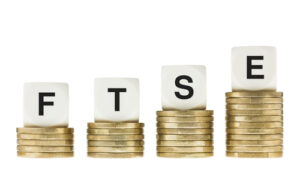Chancellor Sajid Javid will seek to lock the government into its new pledge to “level up” economic performance in struggling towns in northern England and the Midlands in a tax-and-spend Budget on March 11. But Mr Javid will be boxed in by tight constraints on day-to-day public spending, with official forecasts likely to show little room for manoeuvre.
The Budget money stems from the Conservatives’ pledge to raise net capital spending from about 2% of gross domestic product to 3%, giving the chancellor some £100bn for investment over five years. But outside of infrastructure spending, most of the money needed to boost underperforming regions will need to be raised from additional tax revenues because Mr Javid faces tight public finances. Having already announced a loosening of his fiscal rules to take advantage of low interest rates for more investment, the Conservatives’ manifesto promised to balance the current budget — so that tax revenues exceed day-to-day public spending — within three years.
In December, the Office for Budget Responsibility signalled that after the spending increases announced by Mr Javid last September there would be only about a £5bn margin for error on hitting his goal of a balanced current budget in 2022-23 on the basis of its March forecasts. The government has pledged not to increase the rates of income tax, value added tax and national insurance, but would have many other routes to increase revenues in the Budget. Ministers have already indicated they are looking to reform entrepreneurs’ relief in capital gains tax, which will cost the Treasury about £2bn during 2019-20.






No comment yet, add your voice below!